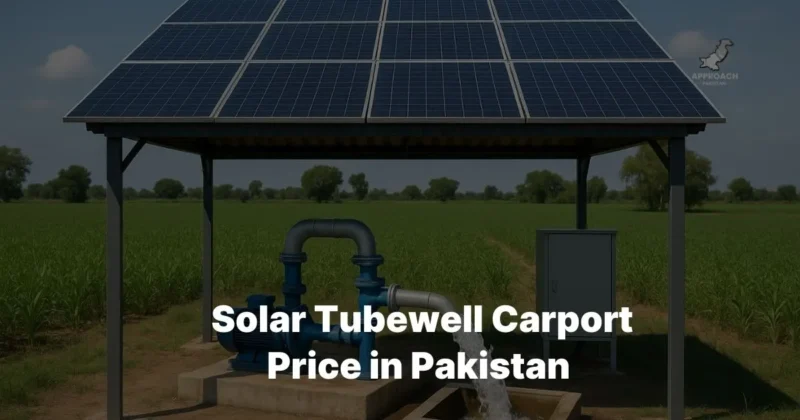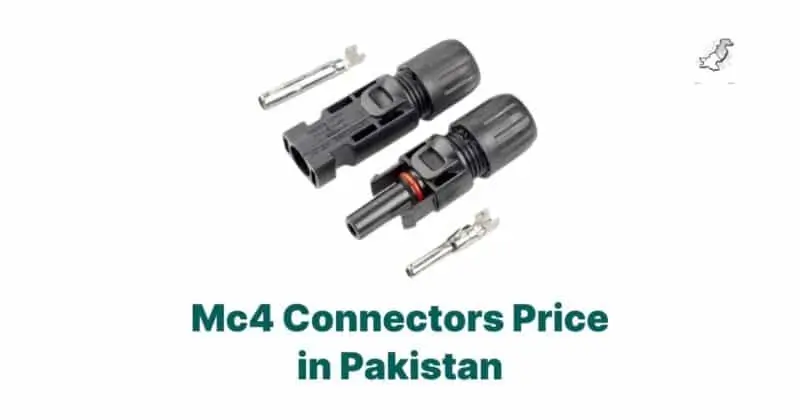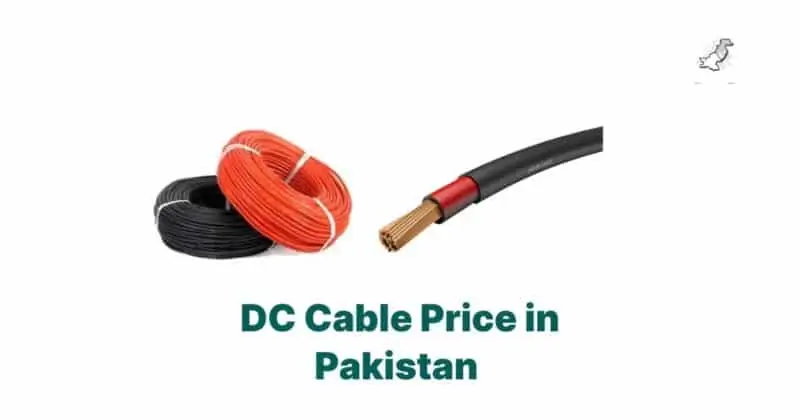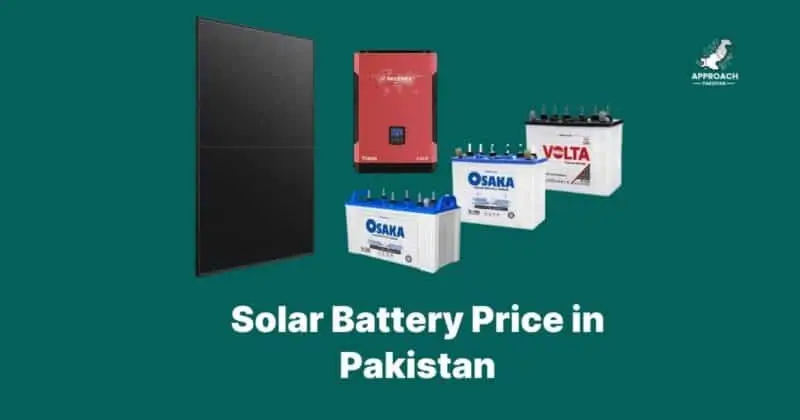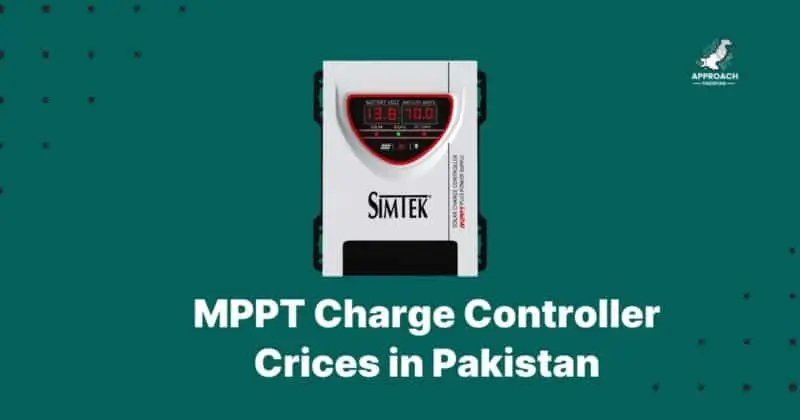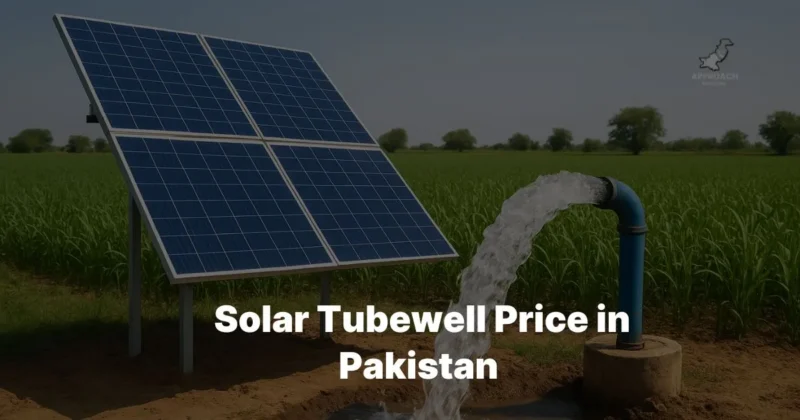Best Wire for Solar Panels Pakistan 2025 Complete Guide
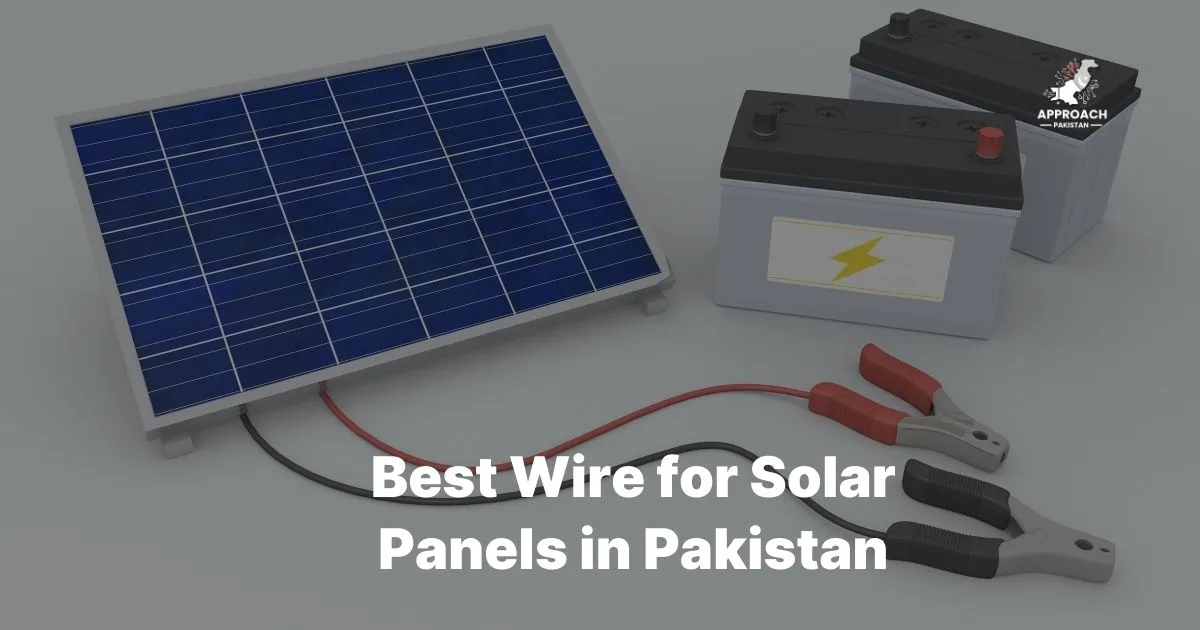
The best wire for solar panels in Pakistan is PV wire (photovoltaic wire) with proper gauge sizing – typically 4mm to 10mm depending on your system’s current requirements. PV wire offers superior UV resistance, weather protection, and safety compliance compared to standard electrical cables, making it the optimal choice for Pakistani solar installations.
Are you tired of watching your electricity bills eat away at your monthly budget? Fed up with power outages disrupting your daily routine just when you need electricity most? You’re not alone – thousands of Pakistani homeowners face the same frustration every month.
The good news? Solar power can slash your electricity bills by 70-80% and give you energy independence from the unreliable grid. But here’s where many people get stuck: choosing the wrong solar wire can kill your system’s performance and void your warranty before you even see those promised savings.
I’ve seen too many homeowners lose money because they skimped on proper wiring or got confused by technical jargon. This guide cuts through the confusion and shows you exactly which wires work best for Pakistani solar installations.
Introduction to Solar Panel Wiring
Solar panel wiring isn’t just about connecting Point A to Point B. It’s the nervous system of your entire solar investment.
Think of your solar system like a highway. Poor wiring is like using dirt roads when you could have a superhighway. You’ll still get there, but you’ll lose energy (and money) along the way.
The stakes are higher in Pakistan’s climate. Our intense UV radiation, monsoon moisture, and temperature swings can destroy substandard wires within months. That’s why understanding proper wiring matters more here than in cooler climates..
Understanding Electrical Terms in Solar Wiring
Voltage measures electrical pressure, current measures flow rate, resistance opposes flow, and power equals voltage times current. These four concepts determine your wire sizing needs and system performance in any Pakistani solar installation.
Let me break this down without the engineering degree:
Voltage is like water pressure in your pipes. Higher voltage pushes electricity further with less loss.
Current is how much electricity flows through the wire, measured in amperes (amps). More current needs thicker wires.
Resistance fights against electrical flow. Longer, thinner wires have more resistance.
Power is what actually runs your appliances, calculated as voltage × current.
Types of Solar Cables Used in Solar Installations
PV Wire vs USE-2 Wire
PV wire is specifically designed for solar applications with enhanced UV resistance and higher temperature ratings (150°C dry), while USE-2 wire is general-purpose underground cable rated for 90°C. For Pakistani solar installations, PV wire provides superior performance and longevity.
PV wire costs about 15-20% more than USE-2, but it’s worth every rupee. Here’s why:
- Temperature tolerance: PV wire handles up to 150°C in dry conditions vs 90°C for USE-2
- UV protection: Built-in resistance to Pakistan’s harsh sunlight
- Flexibility: Easier installation on rooftops and tight spaces
- Safety compliance: Meets international solar standards
DC vs AC Wiring
Your solar system uses both DC and AC wiring, but they serve different purposes.
DC wiring connects your panels to the inverter. This carries high voltage (up to 600V) and needs special attention to safety.
AC wiring runs from your inverter to your home’s electrical panel. This follows standard household wiring practices.
Copper vs Aluminum Conductors
Copper wins hands down for Pakistani solar installations. Aluminum might cost 30% less, but copper offers:
- Safety: Less prone to connection failures
- Better conductivity: 61% more conductive than aluminum
- Corrosion resistance: Crucial in our humid climate
- Durability: Lasts 25+ years vs 15-20 for aluminum
Solar Cable Sizes and Selection
Wire Gauge and Ampacity Guide
Wire gauge determines current-carrying capacity (ampacity). For Pakistani solar systems, 4mm handles up to 32A, 6mm up to 41A, and 10mm up to 64A. Choose based on your system’s maximum current plus 25% safety margin.
Here’s your quick reference for Pakistani solar installations:
| Wire Size | Current Capacity | Typical Use | Price Range (PKR/meter) |
| 4mm | Up to 32A | Small residential (up to 3kW) | 180-250 |
| 6mm | Up to 41A | Medium residential (3-6kW) | 280-380 |
| 10mm | Up to 64A | Large residential/commercial (6kW+) | 450-650 |
| 16mm | Up to 85A | Commercial systems (10kW+) | 720-950 |
Voltage drop is the silent killer of solar performance. Every meter of wire steals a little power.
Rule of thumb: Keep voltage drop under 3% for DC wiring, 2% for AC wiring.
- For a 20-meter run carrying 30 amps:
- 10mm wire: 1.9% voltage drop (optimal)
- 4mm wire: 5.2% voltage drop (too high!)
- 6mm wire: 3.1% voltage drop (acceptable)
Cable Insulation and Material Types
Insulation Ratings That Matter
XLPE (Cross-Linked Polyethylene) insulation provides the best performance for Pakistani solar installations, offering superior heat resistance, UV protection, and 25-year lifespan compared to standard PVC insulation’s 10-15 years.
Your insulation choice affects everything:
XLPE insulation (recommended):
- Temperature rating: 90°C continuous, 150°C peak
- UV resistance: Excellent for rooftop installations
- Moisture resistance: Perfect for monsoon season
- Lifespan: 25+ years
PVC insulation (budget option):
- Temperature rating: 70°C continuous
- UV resistance: Poor without conduit protection
- Moisture resistance: Good but degrades over time
- Lifespan: 10-15 years
Weather Resistance Requirements
Pakistan’s climate demands tough cables. Your wire must survive:
- Dust storms: Abrasive particles that wear insulationcompetition. Urban areas typically have more competitive pricing than remote locations.
- UV radiation: 8-9 hours daily of intense sunlight
- Temperature cycles: 5°C winter nights to 50°C summer days
- Monsoon moisture: 3-4 months of high humidity
Series vs Parallel Wiring Configuration
Series Wiring Pros and Cons
Series wiring connects panels positive-to-negative, increasing voltage while maintaining current. Best for long wire runs and MPPT charge controllers, but vulnerable to shading issues affecting entire string performance.
Series advantages:
- Lower current = thinner, cheaper wire
- Reduced voltage drop over distances
- Better MPPT controller efficiency
- Fewer connections = less failure points
Series disadvantages:
- Shading one panel affects entire string
- Higher voltage = safety concerns
- Complex troubleshooting
Parallel Wiring Benefits
Parallel wiring connects all positives together and all negatives together, maintaining voltage while adding current. Better shade tolerance but requires thicker wiring and more complex safety systems.
Parallel advantages:
- Shading affects only individual panels
- Lower voltage = safer installation
- Easier troubleshooting and maintenance
Parallel disadvantages:
- Requires string fusing for safety
- Higher current = thicker, expensive wire
- More connections = more failure points
String Configuration Rules
Organizing Multiple Panels Efficiently
For Pakistani installations, limit series strings to 10-12 panels (240-288V) to stay within inverter input limits while maintaining safety margins. Use 2-4 parallel strings for systems above 5kW capacity.
Smart string design saves money and improves performance:
String sizing rules:
- Consider shading patterns on your roof
- Stay under inverter maximum input voltage
- Maintain minimum voltage for MPPT operation
- Balance string lengths for even performance
Cable Protection: Fuses, Breakers, and Safety
Where Protection Matters Most
Install DC fuses at combiner boxes for parallel strings, AC breakers at inverter output, and main disconnect switches for system isolation. Pakistani electrical codes require visible disconnects within 3 meters of inverter location.
Critical protection points:
- String fuses: 15A for each parallel string
- DC combiner breaker: 125% of total string current
- AC disconnect: 125% of inverter output current
- Main panel breaker: Sized per inverter specifications
Common Safety Mistakes
I’ve seen these mistakes cost Pakistani homeowners thousands:
Wrong fuse sizing: Using 20A fuses on 12A strings Missing disconnects: No way to safely shut down system Poor grounding: Shock and fire hazards Undersized breakers: Nuisance tripping during peak production
Installation Tips for Solar Wiring
Layout Planning Essentials
Plan wire routes before mounting panels, keeping DC and AC runs separate, minimizing distances, and ensuring accessibility for maintenance. Proper planning reduces wire costs by 20-30% and improves system reliability.
Pre-installation checklist:
- Map shortest routes from panels to inverter
- Identify conduit requirements per local codes
- Plan junction box locations for accessibility
- Account for thermal expansion in wire runs
Routing Best Practices
Secure wires every 1.2 meters, use appropriate conduit for exposed runs, and maintain separation between DC and AC circuits. Never run solar wires through the same conduit as household electrical circuits.
- Pakistani building codes require:
- UV-resistant cable ties for temporary securing
- Metal conduit for exposed outdoor runs
- Weatherproof junction boxes
- Proper grounding of all metal components
Wire Listings & Price Comparisons
Current Market Prices (2025)
| Brand | Wire Type | Size | Price/Meter (PKR) | Warranty | Availability |
| Newage Cables | PV Wire XLPE | 4mm | 220 | 25 years | Nationwide |
| Pakistan Cables | Solar DC | 6mm | 340 | 20 years | Major cities |
| Fast Cables | PV Wire | 10mm | 580 | 25 years | Lahore/Karachi |
| KE Wire | Solar Grade | 16mm | 820 | 15 years | Regional |
Where to Buy Quality Solar Wire
Authorized dealers offer genuine products with proper warranties, while local markets may have cheaper alternatives but higher risk of counterfeit materials. For systems above 5kW, always buy from certified suppliers.
Recommended suppliers:
- Fast Cables: Premium pricing but excellent performance
- Newage Cables: Best overall quality and warranty
- Pakistan Cables: Good mid-range option
Regional Considerations for Pakistani Market
Climate-Specific Requirements
Pakistan’s extreme climate demands special attention to wire selection. Our temperature swings from 5°C to 50°C stress cable insulation beyond normal limits.
Summer challenges:
- Roof temperatures reaching 70°C
- Intense UV radiation degrading poor-quality insulation
- Thermal expansion stressing connections
Monsoon concerns:
- High humidity affecting electrical connections
- Water intrusion through poor seals
- Corrosion of inferior conductor materials
Local Standards and Certifications
Pakistani solar installations must comply with NEPRA regulations and local building codes. Look for cables meeting BS 6500 standards for British compatibility or IEC standards for international compliance.
- Required certifications:
- TUV certification for international quality assurance
- PSQCA approval for local market compliance
- BS 6500 for British standard compatibility
Cost Analysis and ROI Impact
Wire Quality vs Long-term Value
Spending 15-20% more on quality PV wire typically pays back within 2-3 years through improved performance and avoided replacement costs. Over 25 years, premium wire can save PKR 50,000-100,000 on a typical 5kW system.
Quality wire benefits:
- 2-3% higher system efficiency
- 25-year lifespan vs 10-15 years for cheap alternatives
- Lower maintenance costs
- Better warranty protection

